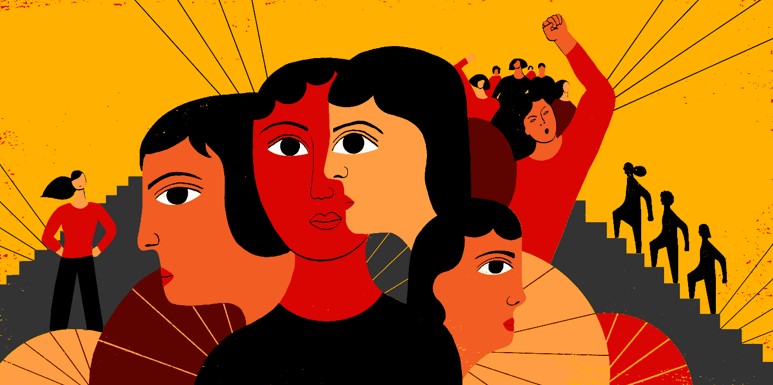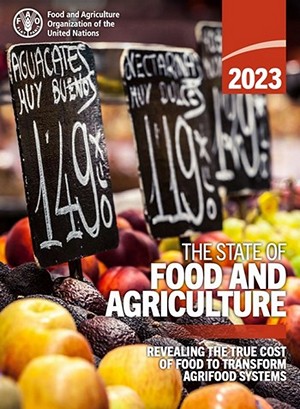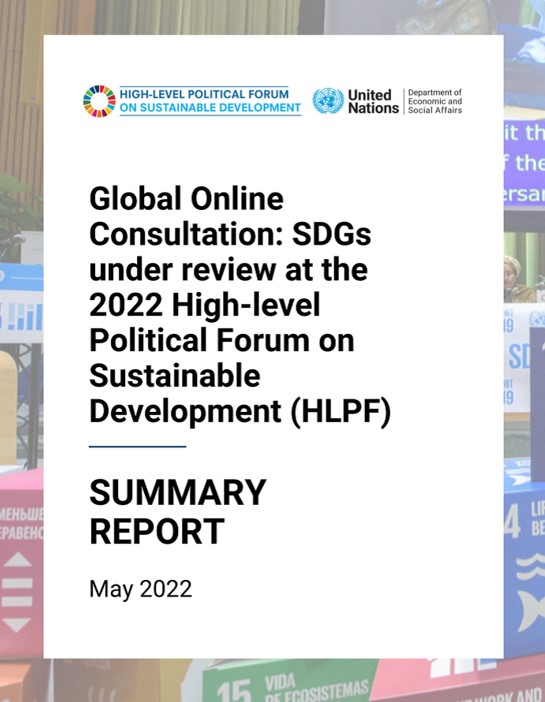Femicide – Essential Facts

Five Essential Facts About Femicide
Gender related killings (femicide/feminicide) are the most brutal and extreme manifestation of a continuum of violence against women and girls that takes many interconnected and overlapping forms. Defined as an intentional killing with a gender-related motivation, femicide may be driven by stereotyped gender roles, discrimination towards women and girls, unequal power relations between women and men, or harmful social norms. Despite decades of activism from women’s rights organizations as well as growing awareness and action from Member States, the available evidence shows that progress in stopping such violence has been deeply inadequate.
With the aim of galvanizing global action against this all too pervasive crime, in line with the vision of the Generation Equality Forum action coalitions, UNODC and UN Women have joined forces to produce the second edition of a report on gender-related killings of women and girls. Released ahead of the International Day for the Elimination of Violence against Women and the 16 Days of Activism against Gender-Based Violence, the report’s chilling findings add heightened urgency to an existing global emergency.
Five essential facts to know about femicide
- Women and girls are most likely to be killed by those closest to them.
In 2021, around 45,000 women and girls worldwide were killed by their intimate partners or other family members (including fathers, mothers, uncles and brothers). This means that, on average, more than five women or girls are killed every hour by someone in their own family. Current and former intimate partners are by far the most likely perpetrators of femicide, accounting for an average of 65 per cent of all intimate partner and family related killings.
The numbers of intimate partner and family related killings have remained relatively stable over time—indicating that the world is failing to stop deaths that could be prevented through early intervention, gender responsive policing and justice, and access to survivor centred support and protection.
- Femicide is a universal problem.
Like all forms of gender-based violence against women and girls, femicide is a problem that affects every country and territory across the globe. According to the new report, in 2021, Asia recorded the largest number of female intimate partner and family related killings with an estimated 17,800 victims; followed by 17,200 in Africa; 7,500 in the Americas; 2,500 in Europe; and 300 in Oceania.
Adjusted for total population size, the available data shows that, in 2021, 2.5 women and girls per 100,000 were killed by an intimate partner or family member in Africa; compared with 1.4 in the Americas; 1.2 in Oceania; 0.8 in Asia; and 0.6 in Europe.
- The true scale of femicide is likely much higher.
While the numbers presented in the report are alarmingly high, they are the tip of the iceberg. Too many victims of femicide still go uncounted: for roughly four in ten intentional murders of women and girls in 2021, there is not enough information to identify them as gender-related killings because of national variation in criminal justice recording and investigation practices.
In many cases, only gender related killings perpetrated by an intimate partner or family member are counted as femicides—yet we know that gender-related killings take place in many contexts beyond the private sphere. They can be related to rape or sexual violence by someone unknown to the victim; linked to harmful practices such as female genital mutilation or so-called “honour”-based violence; a result of hate crimes linked to sexual orientation or gender identity; or connected with armed conflict, gangs, human trafficking and other forms of organized crime.
Ensuring the availability of comprehensive disaggregated data is critical to strengthening femicide prevention, protection and response measures, as well as access to justice. To help move beyond the current limitations in data collection, UNODC and UN Women recently developed the Statistical framework for measuring the gender-related killing of women and girls (“femicide/feminicide”), approved by the United Nation’s Statistical Commission in March 2022.
- Marginalized women and girls face greater risk.
There continue to be significant limitations in data and information on gender-related killings of marginalized groups. For instance, the women’s rights organization MundoSur analyzed data portals of 12 Latin American countries and found that only one country collects information on whether the victim had a disability or was pregnant; two countries collect data on the victim’s ethnic identity; and three countries record whether the victim was a migrant.
Despite data limitations, the available evidence from Canada and Australia suggest that indigenous women are disproportionately affected by gender related killings. At 4.3 per 100,000 women and girls, the rate of female homicide in Canada was five times higher among indigenous than among non-indigenous women and girls in 2021.
To prevent femicide, it is crucial that national authorities record comprehensive data on victims. By identifying women and girls at greater risk, countries can better inform prevention and protection mechanisms.
- Femicide can and must be prevented.
Gender-related killings and other forms of violence against women and girls are not inevitable. They can and must be prevented through primary prevention initiatives focused on transforming harmful social norms and engaging whole communities and societies to create zero tolerance for violence against women; early intervention and risk assessment; and access to survivor-centered support and protection as well as gender responsive policing and justice services.
National experiences, for example in South Africa, strongly suggest that substantive and sustained decreases in femicide can be achieved through comprehensive laws and policies aimed at preventing gender-based violence against women, firearms control legislation and activism of women’s rights and community-based groups.
More research is required to better understand what is driving increased femicide in certain contexts, and what factors have enabled decreases in others to better inform prevention strategies.
Women’s rights organizations play a crucial role in preventing violence against women and girls, driving policy change, holding governments to account, and providing critical survivor centered services. Strengthening financial support to and partnership with women’s rights organizations is critical in reducing and preventing gender related killings and all forms of gender-based violence against women and girls.
Извор: WUNRN – 13.12.2022


